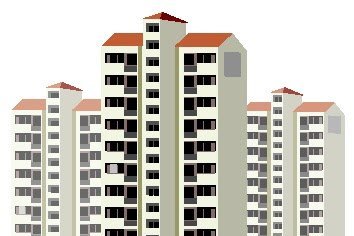Results of real estate development diverged by accessibility to Gangnam
Results of real estate development diverged by accessibility to Gangnam
Posted December. 21, 2024 07:38,
Updated December. 21, 2024 07:38

It has been 33 years since residents began moving into the five Phase 1 new towns, and the current housing prices in these areas show a clear divergence. The primary factors driving the differences in property values were accessibility to Seoul’s Gangnam area and the level of development in surrounding regions.
According to KB Kookmin Bank's real estate statistics on Friday, the highest cumulative apartment price increase over the past 20 years (from November 2004 to November this year) was observed in Pyeongchon, with a rise of 132.71%. It was followed by Bundang (131.21%), Sanbon (124.87%), Jungdong (103.96%), and Ilsan (71.32%). The price increase rate for apartments in Ilsan was below the average for Gyeonggi Province (94.83%) during the same period. KB Kookmin Bank’s monthly real estate statistics have been compiled since 2003.
Experts attribute the disparity in property prices primarily to accessibility to Gangnam. Professor Lee Chang-moo of Hanyang University’s Department of Urban Engineering explained, “Bundang leveraged its accessibility to Gangnam to create many jobs linked to Seoul and rapidly grew by actively developing nearby areas into business districts.” Similarly, Professor Kim Hyun-soo of Dankook University’s Department of Urban Planning and Real Estate noted, “Housing prices tended to rise more in new towns closer to Gangnam and the Gyeongbu axis, where Korea’s growth industries are concentrated.”
이축복기자 bless@donga.com







